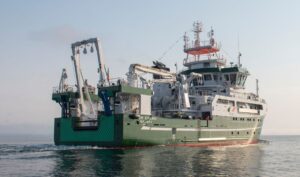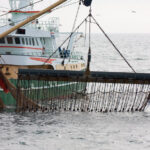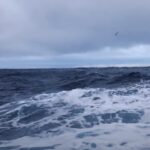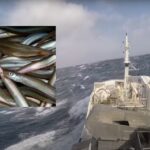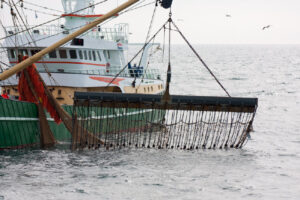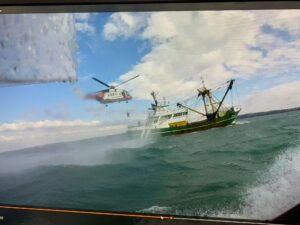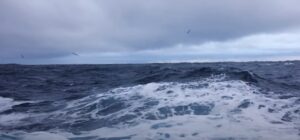ICES verhoogt vangstadvies Noordzee kabeljauw voor 2023
2 min read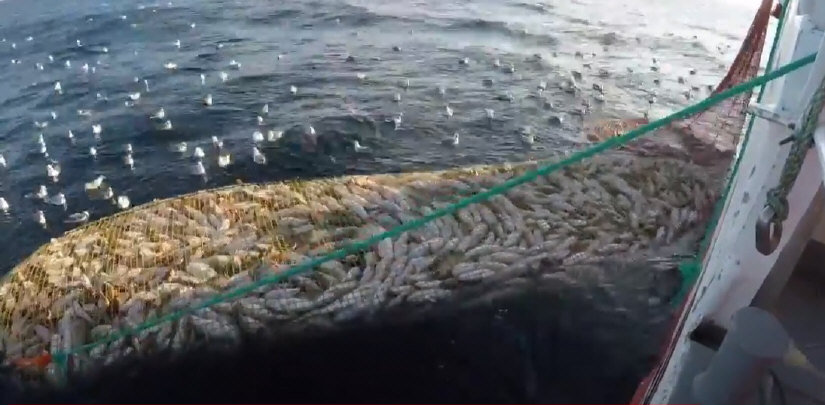
De Internationale Raad voor het onderzoek van de zee (ICES) heeft aanbevolen de vangst voor kabeljauw in de Noordzee, het oostelijke Kanaal en het Skagerrak te verhogen tot 26.008 ton voor 2023.
Oorspronkelijk adviseerde ICES in hun advies om het quotum voor 2023 met 44 procent te verhogen ten opzichte van het huidige quotum voor 2022.
Na verdere beoordelingen en onderzoeken verhoogt ICES nu echter het advies, zodat het een verhoging van het quotum voor 2023 met 63 procent voorstelt ten opzichte van het huidige voor 2022.
ICES heeft geadviseerd dat dit in de plaats komt van het advies van juni. Ze zeggen:
“This advice is a revision of the June advice according to the reopening protocol (ICES, 2020b). The IBTS-Q3 survey shows a higher recruitment than was previously assumed which triggered the revision of the advice. The catch advice for 2023 is now based on landings data for 1 January–30 June 2022, which were used to predict annual landings and catches (assuming the same discard ratio by age as in 2021) for the intermediate year. This corresponds to a reduction in fishing mortality in the intermediate year from 0.21 in June advice to 0.179.
Because the SSB (2022) is currently below Blim, ICES has provided the probability of SSB being below Blim in 2024 for each of the scenarios. Given the advised catch of 26 008 tonnes, the probability of SSB being below Blim in 2024 is 7.5%.
Cod in the North Sea is under the EU landing obligation, and Norway and UK national legislation regulating discards. The below minimum size (BMS) landings of cod reported to ICES are currently negligible and are much lower than the discards estimated by observer programmes.
Although F has reduced, recent catches have not been in line with ICES advice. The SSB remains below Blim, with an ongoing high risk of impaired recruitment.
Recreational catches are estimated to account for 4.3–7.6% of total removals between 2010–2020, but values are provisional and not included in the assessment due to unknown age structure in recreational catches and high uncertainty in the estimates.
The North Sea cod stock consists of reproductively isolated populations of Viking cod and Dogger cod, with the Dogger cod population extending to Division 6a (ICES, 2020a). These genetically different groups have different rates of sexual maturity and growth.”
Whether the quota will ultimately be increased by 63 percent will be decided in December.
Read the full ICES Advice on Cod in the North Sea, eastern English Channel and Skagerrak here
